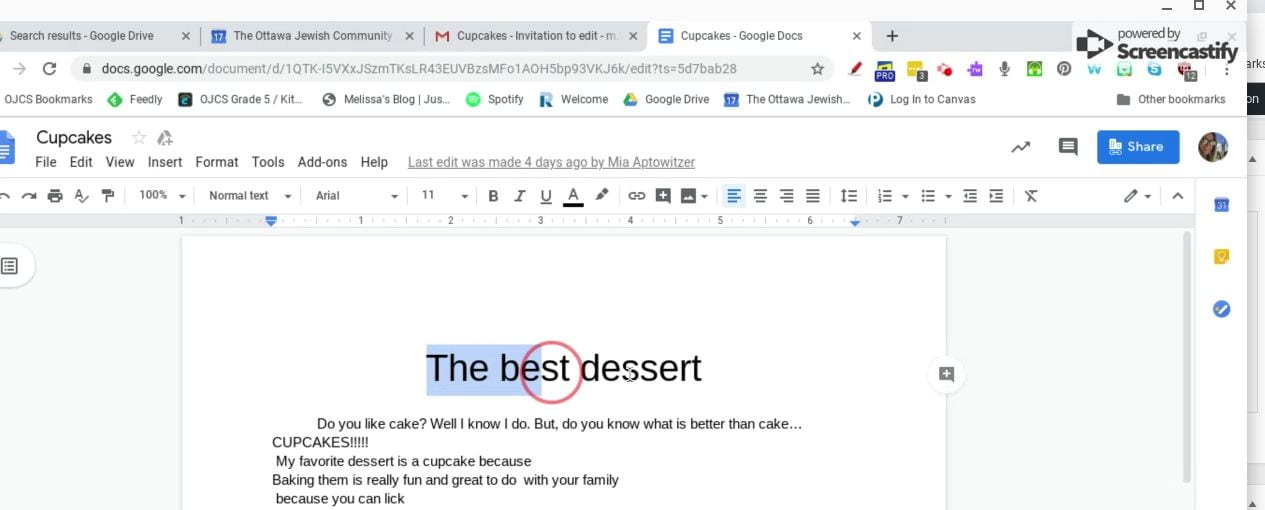My current role at The OJCS is part time grade 5 teacher, part time Teaching and Learning Coordinator. In the latter part of my job, I work with teachers and help them plan, create, revamp or simply brainstorm things they can do with their class. Often, this coaching revolves around different technology tools and Now Literacies.
I consider myself a pretty patient person, and like to believe that I am a good educator when it comes to children. But when discussing my goals for this year, I wanted to focus my attention to the coaching side of my job. How can I best use my time with teachers? Should I allow teachers to make meetings with me as needed and support them that way? Should I be having standing, check-ins with certain teachers with set goals in mind? Should these meetings continue for the entire year, or is there some form of “graduation”? With the support of my head of school, Dr. Jon Mitzmacher, I’ve decided to build a module with set skills, time, and lessons around Classroom Blogs. Jon asked the question, “What needs to change in our teaching when working with adults instead of children?”
I wondered…
During my Principal’s Qualification Program this past summer, I read When Mentoring Meets Coaching, by Kate Sharpe and Jeanie Nishimura. My partner and I ran a book talk, and I would say our main takeaway was that when working with adults, there needs to be a mix of supporting, listening and sharing of your own experiences and expertise while still allowing for these professionals to make discoveries on their own and grow their own craft based on who THEY are, not who YOU are.
This makes a lot of sense to me as I reflect to my own mentors who continue to guide me. They ask me questions, they challenge my thinking, and they push me to come up with my own ideas and opinions around education before ever sharing their own ideas with me.
But what about when we are creating learning modules specifically for teachers? How should they be organized? What skills should specifically taught? And how can we weave those moments of self-discovery and choice into the lesson so teachers are not simply doing something because they have to, but because they want to?
I contacted Silvia Rosenthal Tolisano to see if she had any advice or books she recommended. As someone who coaches for a living and has offered many different online adult learning opportunities through Ampeduca, she was the perfect person to start with.

I will start with one of these books and share my thoughts once I’m done.
Stay tuned 🙂


















 myself before I started, yet after the first couple of attempts, I realized I needed more information and kept adding to my outline until I came up with the image to the right. This helped me stay on track and ensure I knew what I wanted to include in what order. Even with this though, I still needed to stop and rerecord multiple times! I decided not to make a script as I wanted to sound authentic and less like I was reading off a paper. I may try this though for the next one, as I’m not sure I was as fluid as I could have been.
myself before I started, yet after the first couple of attempts, I realized I needed more information and kept adding to my outline until I came up with the image to the right. This helped me stay on track and ensure I knew what I wanted to include in what order. Even with this though, I still needed to stop and rerecord multiple times! I decided not to make a script as I wanted to sound authentic and less like I was reading off a paper. I may try this though for the next one, as I’m not sure I was as fluid as I could have been.
